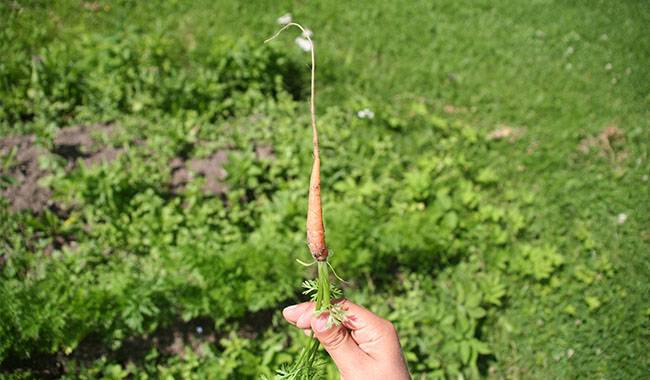
Nitrate levels in vegetables, even with the most environmentally friendly growing practices, are unlikely to be zero. Most gardeners who use mineral fertilizers and even some organic mixtures don’t realize that fertilizers are unfortunately a major source of nitrates that subsequently appear in vegetables and root crops.
In fact, nitrates are also nitrogen applied at too high a dose. While nitrates are the focus of southern vegetables, root crops are also very high in nitrates. However, simple harvesting techniques can be reducing nitrates levels and produce healthier vegetables.
WHERE DO THE NITRATES IN VEGETABLES COME FROM?
From celery and potatoes to record-breaking turnips and beet, all root crops accumulate nitrates, just like everyone loves cucumbers and tomatoes. When everyone knows (and talks about) the nitrate content in vegetables or cucumbers, almost no one thinks about nitrates in root crops. However, over-fertilizing them with nitrogen-rich fertilizers, like any other vegetable, salad plant, or herb, can be a dangerous source of nitrates. And beets and radishes are champions of nitrate accumulation.
Rule 1: Fertilize wisely
Nitrogen is vital for all plants, but over-fertilization can produce excess nitrogen in the soil, leading to nitrate accumulation in the root tissue. And this phenomenon must be dealt with systematically.
Of course, the surest way to reduce nitrate levels is to fertilize your vegetable garden wisely, using organic farming or using organic fertilizers in place of any mineral mix. But to avoid the risk of eating vegetables rich in high nitrates, you should also take organizational measures at harvest time.
Rule 2. Harvest on a sunny day
First, you should keep in mind that beet (and its companies) tend to accumulate more nitrates, or more precisely, nitrate levels in the tissues increase in cooler weather. Harvesting on a sunny day will naturally reduce nitrate levels in root crops (though it is best to choose a day that is neither too hot nor too dry).
Rule 3. Digging root crops in several steps
Second, more nitrates accumulate when the haulm is “shocked” and retained. And the main control measure is to dig it up in several steps. If you want to reduce the nitrate content of beet or other root crops, change your harvesting techniques.
Start work early in the morning on a warm day. At first, dig up the beetroot or other vegetable, cut off most of the roots and stimulate the transfer of nutrient reserves from the small roots to the green plants. Along with the nutrients, most of the nitrates will also be transferred to the haulm due to natural defense mechanisms. Leave your root crops in the bed and do not remove them completely from the soil until the evening.
You won’t be able to harvest them until the afternoon. And after removing them from the soil, be sure to cut the traction off each rootstock first, leaving no more than 0.8-1.2inch (2-3cm) from the base of the shoots above the rootstock. This will ensure that nitrates do not “migrate” back into your crop.
More related information about planting & growing Vegetables







